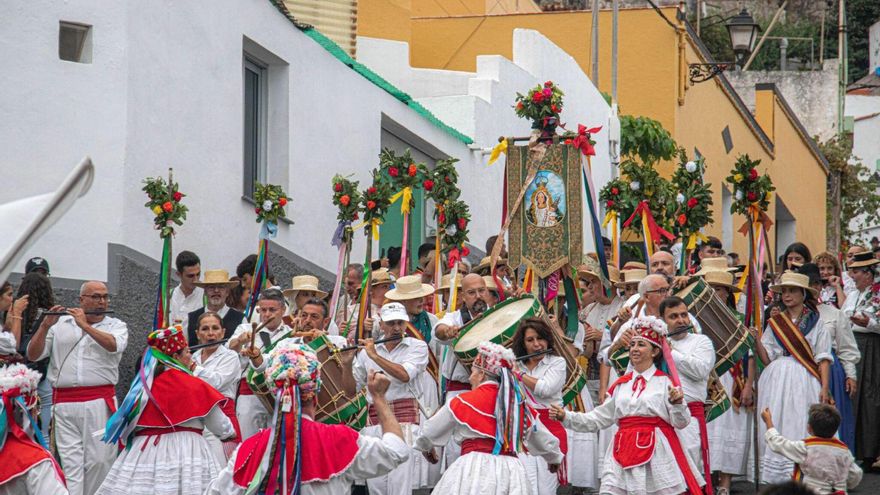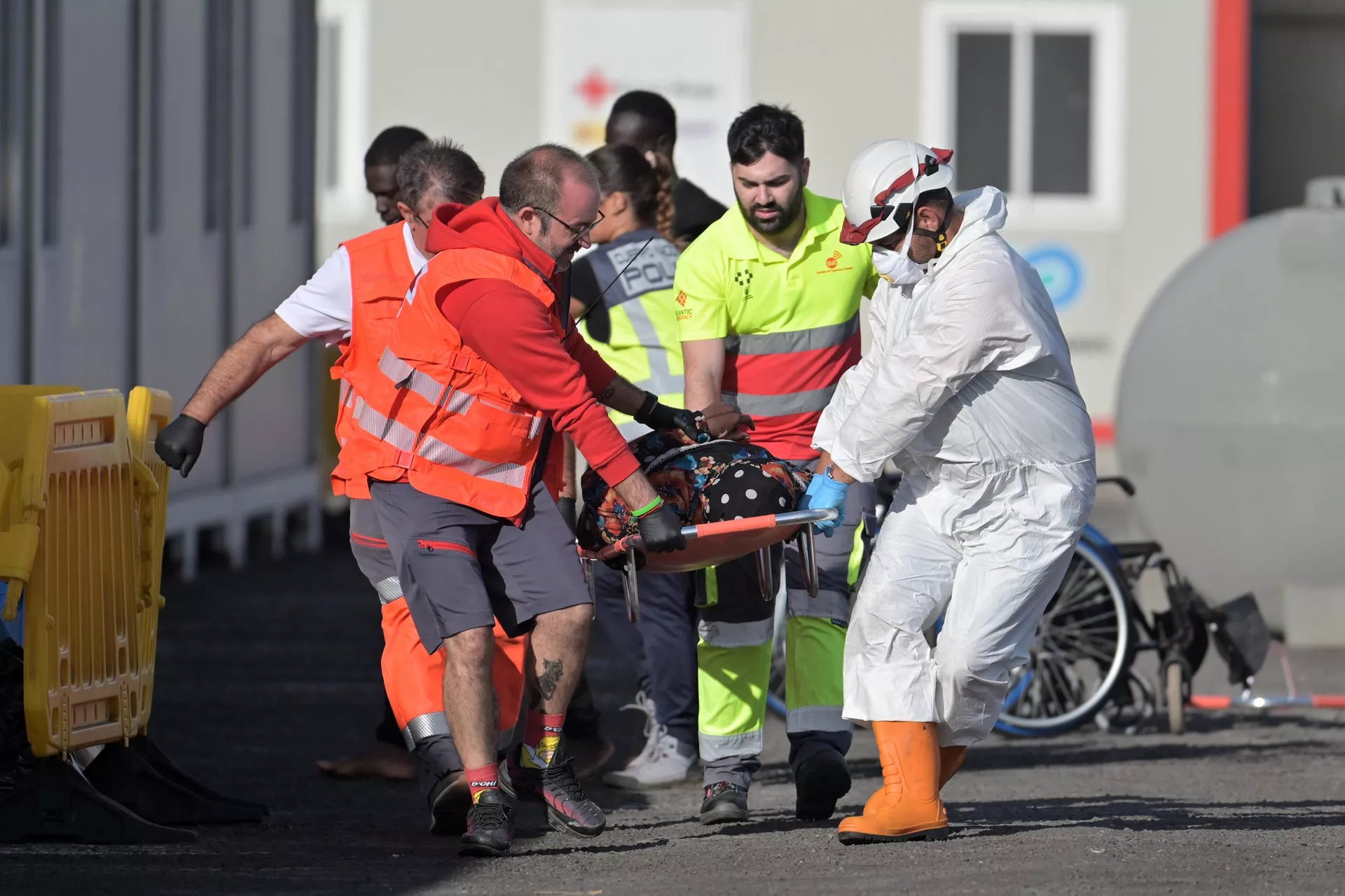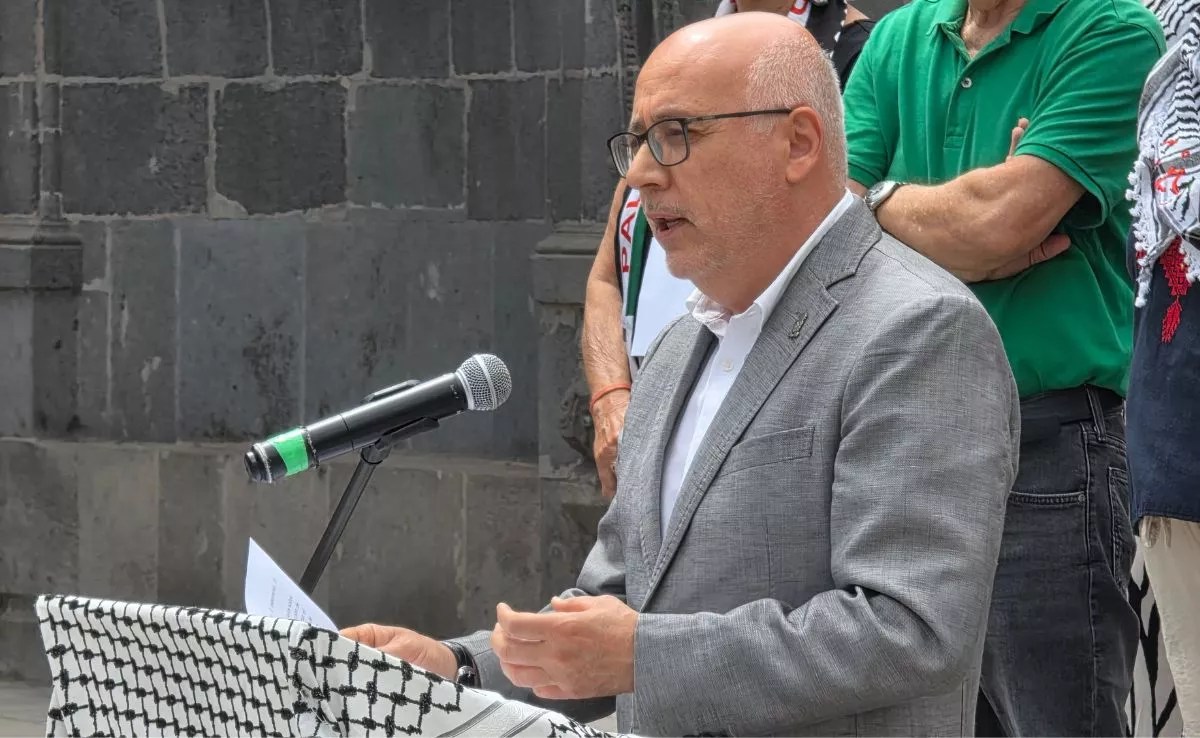
The patron saint festivities and the folklore of the towns of the Island form an intrinsic part of the culture and customs. Within this framework, even today there are traditions in some places on the Island whose spectacularity, singularity and representativeness require more extensive knowledge, although they are an important claim for the geographical area in which they take place. In this list they appear from the fires of the cliff and the buns of Santa Bárbara to the dances of the devil and the devil, for example.
The calendar is full of festivals and pilgrimages. All of them are accompanied by costumes, music and traditional dances, along with local wine, goat cheese, potatoes, gofio and mojo. The Cabildo, through Turismo de Tenerife and in collaboration with the town halls, it has created a website, Tradiciones Tenerife, whose purpose is to further popularize these festivities. Dynamically, each one is highlighted in ascending alphabetical order. Among the lesser known, most take place in the North.
Dance of the Liveries
It takes place in El Palmar (Buenavista del Norte). It is celebrated in September, during the commemoration of the Virgen de la Consolación, with an ancestral dance linked to the Corpus Christi festival. It symbolizes good against evil. The latter is represented with figures of the devil dressed in fur and large horns, using fire as a purifying element. On the other hand, good is manifested through three pairs of dancers made up of men, half dressed as women, dancing to the rhythm of the flute and the tajaraste.
Santa Barbara Baskets and Buns
In gratitude for the good harvest, Icod de los Vinos celebrates the offering of Baskets and Buns in honor of Santa Bárbara. Its origin dates back more than 70 years, when the young ladies used food baskets decorated with fruits, vegetables and sugar buns in the shape of animals to ask the saint to grant them a boyfriend to marry. In this tradition, which takes place on the last Sunday of August with a pilgrimage, Several cars transport baskets with fruit and buns from Calvario to La Palmita, where Santa Bárbara awaits to receive the offering.
Fires of the Cliff
To commemorate the eruption of the Trevejo volcano, which occurred in 1706, Garachico celebrates the Fires of the Risco between the end of July and the beginning of August. This lustral festival aims to remember what happened after that tragic event that devastated the town and its port. Fireworks accompanied by balls of fire fall down the slope left by the passage of lava, becoming one of the most impressive pyrotechnic shows in Canary Islands. The Fires of the Risco signify the end of the Lustral Festivities of the Holy Christ of Mercy, which includes a parade with large artistic floats.
The descent of the Beeches
In honor of Our Lady of Hope, La Guancha celebrates the Bajada de las Hayas on the second Saturday of each month of August. This popular event was created by the inhabitants of the place who went to the mountain to look for beech branches with which, later, they adorned the streets through which the procession passed in honor of the patron saint of the municipality. Today, this route continues unaltered and the pilgrimage passes through it, carrying the pilgrims and pilgrims in their hands the sticks made with beeches and flowers. With wine and typical products extracted from their lands, the residents of La Guancha transport the Virgin of La Esperanza walking from the mountain along the Hoya de Giles path, which ends at La Cruz del Brezo, point from which the route continues to the center of the municipality, where the Dulce Nombre de Jesús church is located. The festival ends at the gates of the temple, where the Virgin receives all the offerings that are later distributed among the most needy families.
the little hats
This festival dates back to aboriginal times, when the island’s inhabitants used hachos (three-meter-high wooden chandeliers) to light up the dark nights. When the sun goes down, the bonfires are lit and the parade begins, which starts from La Vega to El Amparo, on the occasion of the celebration of San Juan Bautista. As in the Livery Dance, this festivity is accompanied by tajaraste, while the participants dance and they are thrown down the mountain in representation of the descent of the lava, celebrating the summer solstice in turn with the representation of fire. This festival takes place in Icod de los Vinos on June 23.
Rods of ribbons of San Isidro and Pilgrimage of the Poleo
The first week of June the pilgrimage of San Isidro is celebrated, also in Icod de los Vinos, specifically in the neighborhood of La Mancha, during the night of the dance of magicians. The assistants come carrying rods in their hands during the journey to the hermitage of the saint, enjoying music and typical Canarian food as they go.
A mix of nationalities
Tenerife also thrives on massive parties recognized not only regionally, but also nationally. He Carnival of Santa Cruz de Tenerife, the Bonfires of San Juan and the Alfombras del Corpus are some of the biggest festivities in the entire Canary Islands. The meeting between neighbors and visitors from different parts of the world and the identity transmitted by each tradition is the result of the history and culture of each place. The case of Los Realejos is one of the most striking, as it is the municipality, not only in the Canary Islands, but in the entire country, which celebrates the most festivals in a year, eighty. That encourages economy and promotion.
















